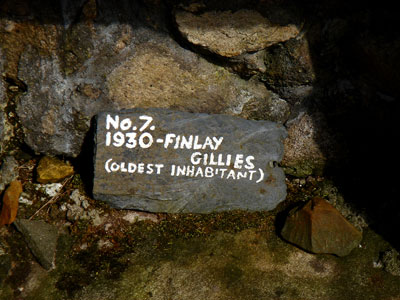 |
|
The Island
Historic Background
The Human Zoo
An Ubiquitous Opera
Biographies
The Venue in Düsseldorf
Participants
Press
© 2025 EVKM
|
|
The Human Zoo of Saint Kilda...
For the first time in their history, hundreds or thousands of years old, they let the fires die in the hearth after having symbolically scattered a fistful of oats on the floor. They also left behind them their ancient bibles open at The Book of Exodus having realized that their departure had something biblical and final about it. When they landed on Scottish ground, they were followed by millions of curious eyes, cameras and flashes and, as they told it, felt like residents of a zoo; the human zoo of Saint Kilda heading towards extinction.
St. Kilda, a heritage of humanity... The same year, in the middle of the Cold War, the British Defence Minister rented a few acres of land to install radomes and radars, in order to prevent an incursion of enemy nuclear missiles. The army wanted to raze everything to the ground to make the island more strategic and functional. Finally, they installed their boredom, their Coca-Cola and juke boxes in corrugated-iron huts in Village bay. But oil-producing companies were already waiting to get to work in this geographical zone, and were considering opportunities to install their equipment on the island close to their latest drilling fields. In 1997, permits were issued to explore and research 57,000 square kilometres of sea bed close to the archipelago. Ecologists, ornithologists and Greenpeace militants were quick to react. In 1998 they demanded that the archipelago be classed on the list of threatened humanity heritage sites. Saint Kilda is not only one of the most extraordinary ornithological reserves in this part of the world, it is also surrounded by a sea-bed populated by many endangered mammals.
|
promoted by:
| ||||||


